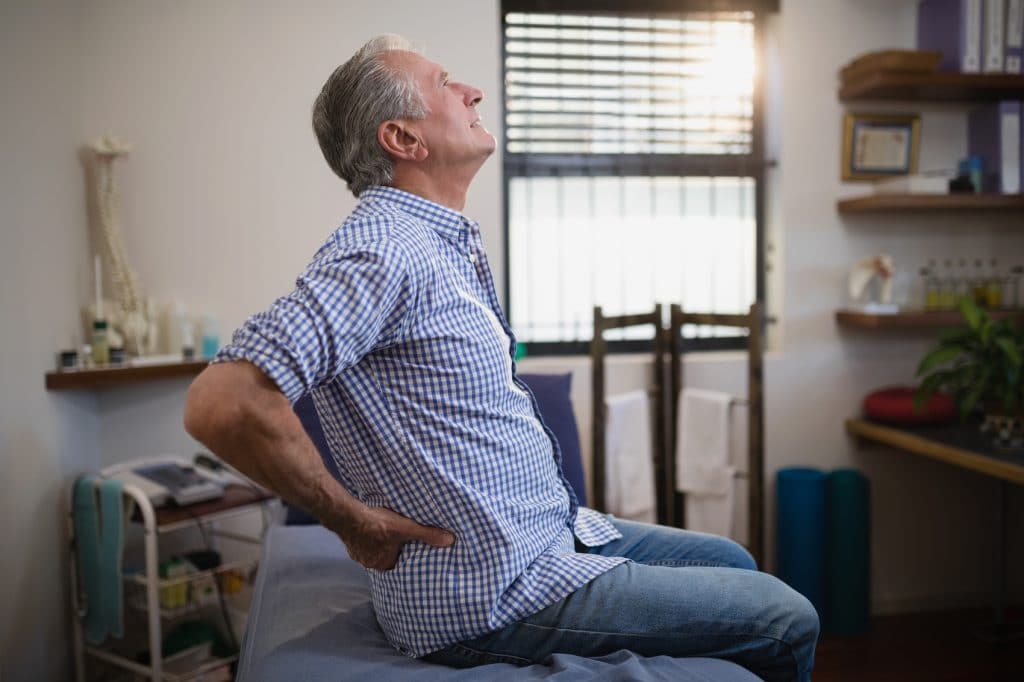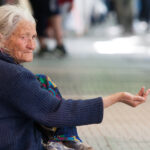It is estimated that more than 300,000 people over the age of 65 experience a hip fracture. Over 95% of those are caused by a fall. Hip fractures are much more dangerous in the elderly population and surgery to repair it causes a significant decline in independence for many people. In one study just 41% of patients over 90 treated with intensive rehabilitation became fully independent and ambulatory again. While 80% did return to their prior level of functioning. Various studies have shown a one year mortality rate of 21% for elderly patients with a hip fracture and the 12 year mortality rate doubles after a hip fracture. One of the biggest risk factors is being female, statistically 70% of all hip fractures occur in women! Other factors are smoking, osteoporosis, long term COPD medications, history of falling, and medications or medical conditions causing dizziness.
90% of hip fractures are one of the following types: Femoral neck fracture which occurs at the neck of the ball part of the joint. They are common among the elderly with osteoporosis and can be responsible for a complication where blood flow to the joint is compromised requiring emergency surgery to repair it. The other most common fracture is an Intertrochanteric Fracture which occurs about 3-4 inches below the joint and does not interrupt the blood flow to the joint. It is also usually an easier fracture to repair surgically.
Your orthopedic surgeon will choose the technique he uses to fix it based on where the fracture actually is on the bones. Most fractures along the femoral neck or ball will require a partial total hip replacement. Fractures farther down on the femur can be repaired with intramedullary rods or plates and screws, intertrochanteric fractures are usually repaired with either pins or cannulated hip screws placed diagonally across the fracture line. Hairline or stress fractures of the femur are sometimes allowed to heal without surgery. Patients will have a period of limited or no weight bearing until it is healed.
There are some things we can all do to help prevent fractures; Eating a diet with sufficient levels of Vitamin D and Calcium, getting exercise daily to maintain mobility, have an annual eye exam to ensure your vision is good. Avoid smoking and excessive drinking of alcohol which can lead to balance and coordination problems. Remove fall hazards in the home, throw rugs, and electrical cords. Report any side effects of medications causing dizziness to your MD. As you age, stand up slowly to avoid rapid changes in blood pressure and consider using a cane or walker if you are unsteady on your feet. If you are over age 65 and you do fall, go to the hospital and get checked out to ensure there are no hip injuries. Be careful out there!





